In 15 years of travel to Cuba, David Caras observed the decaying buildings that dominate the urban architecture of the Caribbean island nation. The battered, raw facades and their chipped paint, discolored stonework and rusty iron satisfied his artistic curiosity.
Until he wondered: What’s inside? “I’ve always just sort of walked by these open doorways,” Caras said. “One day, I decided to walk into one of the doorways and see what was going on.”
Inside the lobbies he saw jerry-rigged electrical panels, with tangled wires running up the stairway and down the hall to each apartment, bringing free electricity to the people who had taken over the buildings and made them their homes. “I was just fascinated by what I would call the rawness of it all,” said the Portland photographer, who shows his color digital prints at Susan Maasch Fine Art in Portland.
Caras, 66, is among a handful of Maine artists who work regularly in Cuba, many of whom have been gathering impressions for many years of the forbidden Caribbean nation and who are closely watching the shift in relations between it and the United States.
In December, President Obama and Cuban President Raul Castro announced the normalization of relations, which will mean freer travel and fewer restrictions. Caras is hopeful the change will lead to more opportunities for him and his peers to explore the island.
“It’s about time,” said Portland writer Philip Hoose, who has visited Cuba seven times. “I can’t wait for people to get to really know Cuba and for them to get to know us in a more relaxed way. I yearn for the time when people can visit each other and see how social and wonderful the island is, how wonderful the music is and how passionate the people are down there.”
Cuba has fascinated American artists, long before the country underwent a revolution in the 1950s and ’60s that resulted in Fidel Castro’s rise to power, Communist rule and trade and travel restrictions. The lush countryside and seascapes inspired painters, whose palettes expanded with color. Photographers were captivated by the architecture of Havana and other urban centers, and musicians soaked up the rhythms of the city and other expressions of culture on the streets.
After the revolution, Cuba became an island of intrigue – indeed, a riddle, compelling with its legends of music, baseball, fine cigars and food, but desperate in its poverty and shrouded in mystery.
Ernest Hemingway set his final novel, “The Old Man and the Sea,” in Cuba. Last week, Opera House Arts in Stonington staged an adaptation, using the great American novel as a teaching moment to talk about Cuba then and now with students and the community. “We chose this book because of the fishing theme and the culture of fishing, but it’s nice when world events turn in our favor and we can expand our programming,” artistic director Linda Nelson said.
Portland Stage will do much the same when it opens the pre-Castro comedy “Our Man in Havana” this week. Artistic director Anita Stewart booked the spy thriller long before news broke of a thaw in relations between the United States and Cuba. She had another current event in mind when she committed to it: the Edward Snowden spy scandal.
“When we do a show here, it’s not just about, ‘Come see a show and have a good time,'” she said. “We try to give context, and this play allows us to go back in time to Cuba before the revolution.” The set suggests Cuban architecture of 1930s and ’40s. The script hints at the Cold War conflicts to come, which led to Cuba becoming a flash point in U.S.-Soviet relations in the early 1960s.
Hoose made his first trip to Cuba in 1999 and visited seven times through 2006. He secured the necessary work permits and justified his trips as research for his books. Among other things, he was seeking the ivory-billed woodpecker, a rare bird that remains close to the heart of Cubans. His Cuban research supported the book “The Race to Save the Lord God Bird.”
“I went to explore the habitat and talk to the people who had seen it last,” Hoose said. His travels took him away from Havana and into the rural, eastern part of the island. “A lot of tourists go to Cuba and go to Havana and said they’ve seen Cuba, but they haven’t,” he said. “I met fabulous people and had terrific adventures looking for the bird and doing the hikes.”
He’s also written about Cuban baseball and taken on goodwill missions. For a few years, Hoose collected art supplies in Portland and donated them to arts academies in Cuba. He worked with the American Birding Association to establish a fund to encourage the tradition of naturalist painting and drawing among Cuban youth. “They were phenomenally talented, but they didn’t have any supplies,” he said. “They were drawing on cardboard with chalk.”
Hoose’s interest in Cuba stemmed from the U.S. government telling him he couldn’t go. The restrictions piqued his curiosity.
“I resented that my government would not let me do something so ordinary as visit a nearby neighbor,” Hoose said. “It just seemed absurd to me. I was as curious as anybody about Cuba. I wanted to meet people and see what the island was like without being chaperoned.”
Caras was drawn for similar reasons. He’s found his way to Cuba since the mid-1990s, when a Canadian friend suggested he might find the urban scenes interesting to photograph.
“I had never even thought about Cuba until then. But it sounded fascinating,” Caras said. “I was intrigued.”
He worries the character of the island might change with more tourism, but hopes that change for Cuba is good for the people who live there. He’s encountered kind, resourceful people in his travels, and is empathetic to their desire to improve their lives through better economic opportunity.
His first trip was to Santiago, Cuba’s second-largest city, on the island’s eastern end.
Caras mostly shot black and white before that first trip. Now he shoots mostly color. Cuba has taught him to see things differently and with a wider scope.
“The color is pretty extraordinary,” he said. “I can just feel the color when I’m down there.”
Each time he goes, he explores a different area. In February, he will spend two weeks in and around Trinidad on Cuba’s southern coast.
He’ll take a few days to become familiar with the area, then immerse himself in his subject, which he will determine when he gets there. He likes working in series. One year he spent time on tobacco farms. Another, he photographed cars parked on streets. Last time he went, he photographed street scenes.
His collection of photos, he said, opens the window on a country and culture eager to be understood and ready for change.
Copy the Story LinkSend questions/comments to the editors.


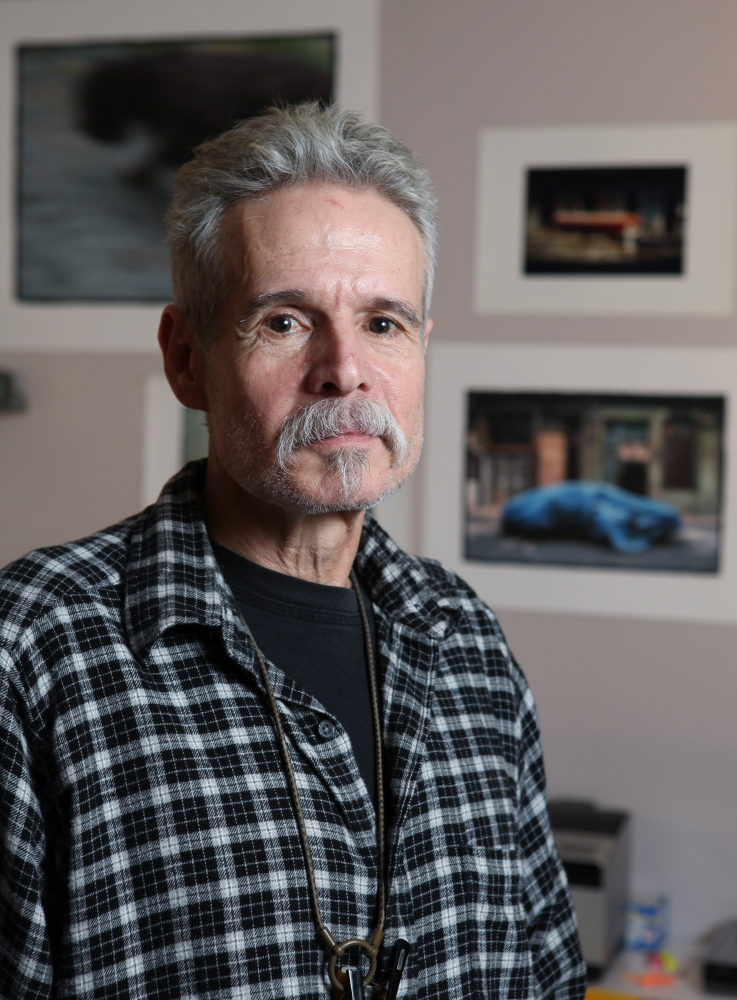
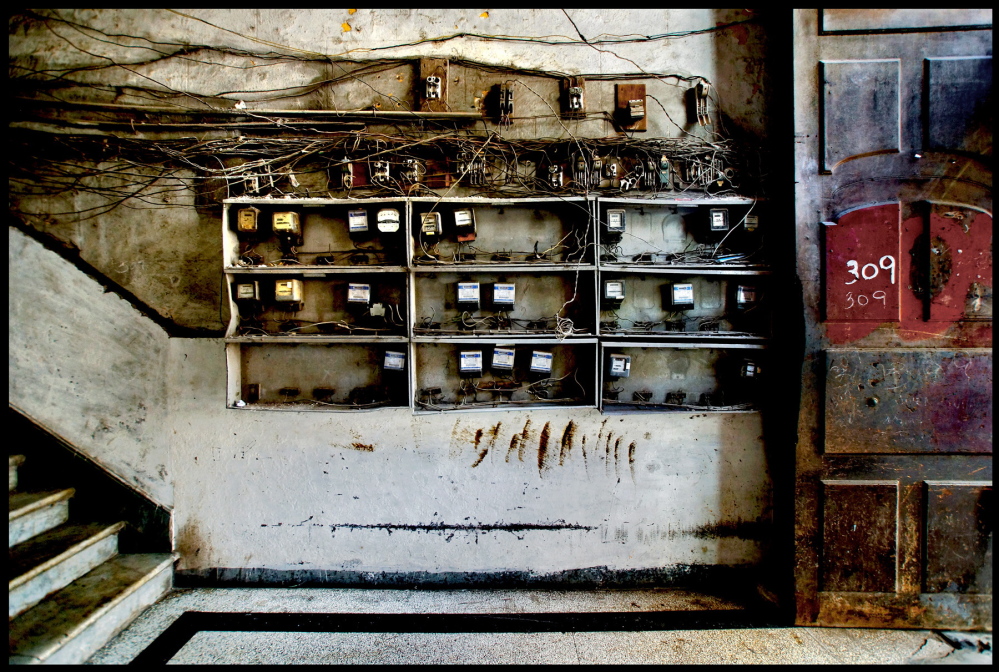
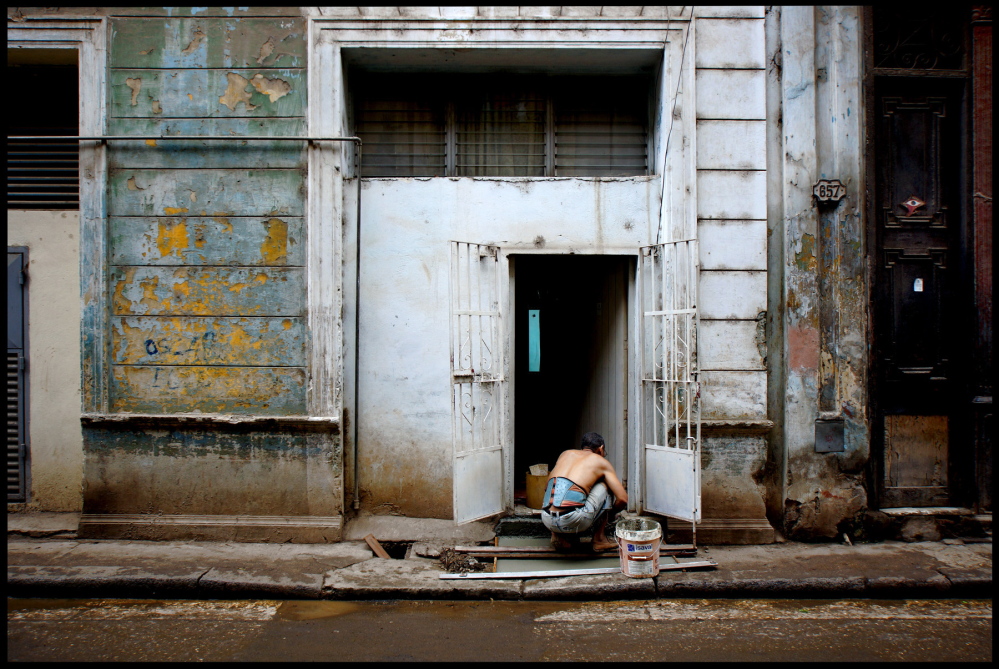
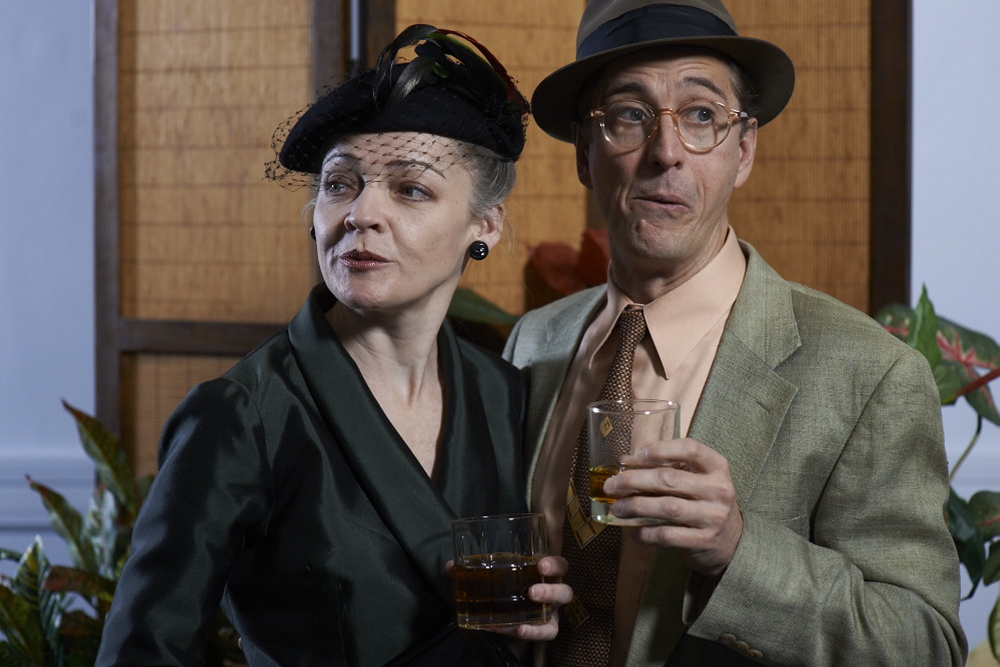
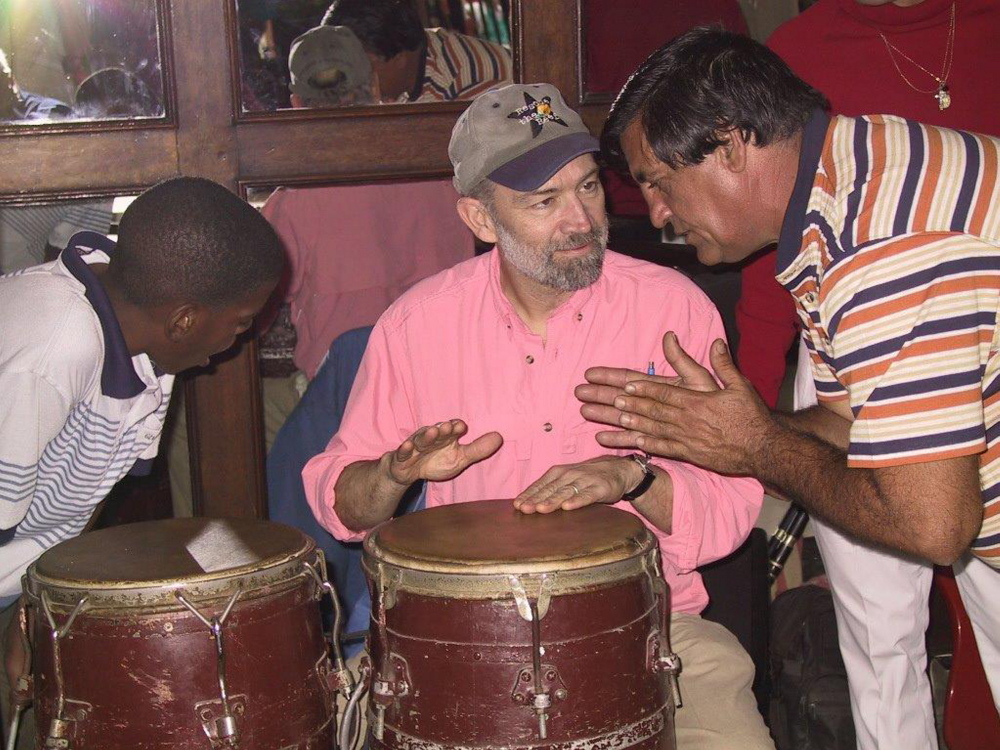

Success. Please wait for the page to reload. If the page does not reload within 5 seconds, please refresh the page.
Enter your email and password to access comments.
Hi, to comment on stories you must . This profile is in addition to your subscription and website login.
Already have a commenting profile? .
Invalid username/password.
Please check your email to confirm and complete your registration.
Only subscribers are eligible to post comments. Please subscribe or login first for digital access. Here’s why.
Use the form below to reset your password. When you've submitted your account email, we will send an email with a reset code.